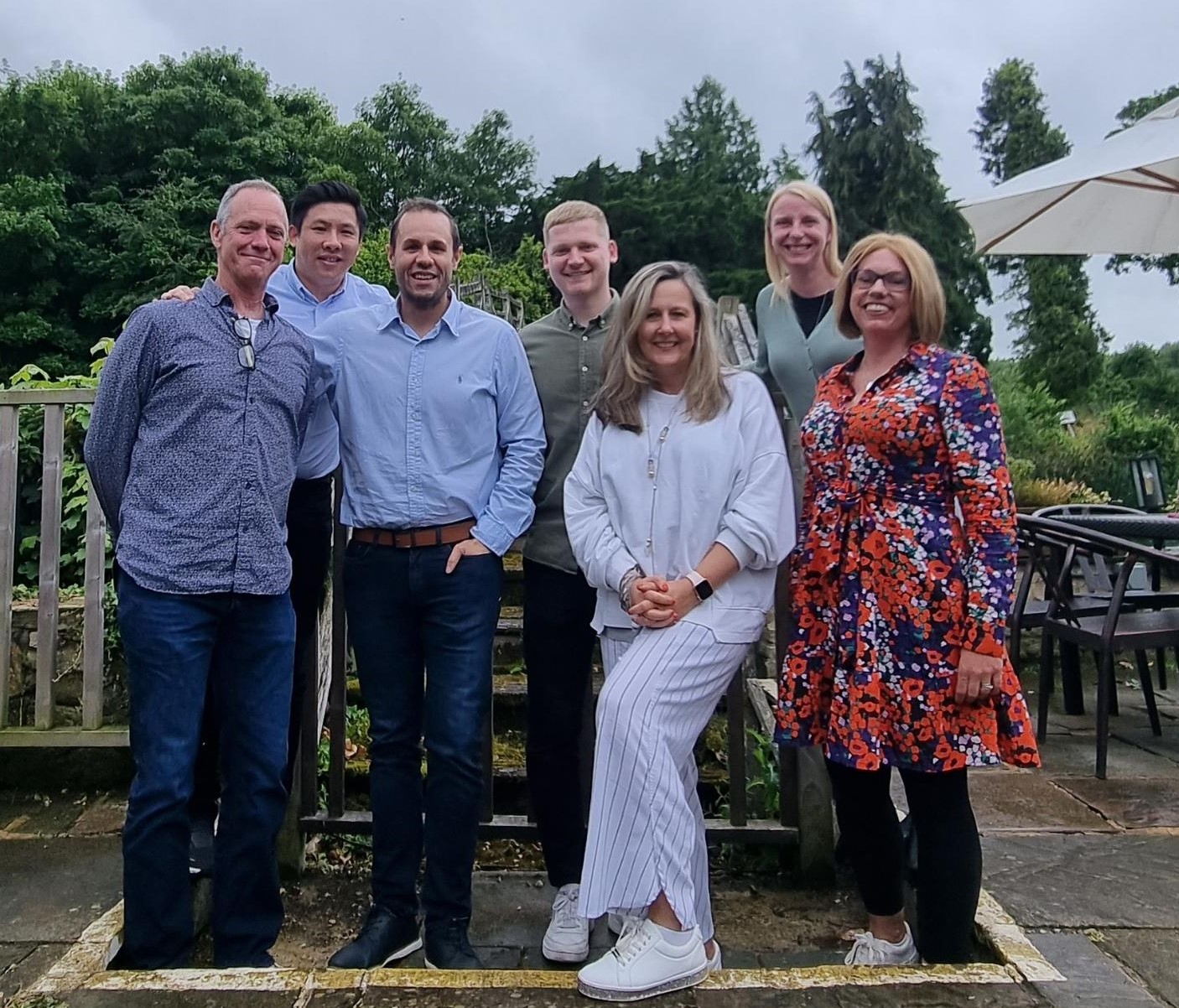New research published in the HBR article ‘The last mile to the top: future CEO’s who beat the odds’ found that 41% of CEOs in the top quartile performing S&P 500 companies were those who had ‘leapfrogged’ the c-suite and come directly from a role below it. The more traditional routes of COO, CFO and divisional CEO made up 25%, 8% and 27% respectively. Leapfrog CEOs were also less likely than previous CFOs and COOs to be in the bottom quartile performing companies.
The authors of this HBR article suggest that one of the reasons leapfrog CEOs appear to be better performing in the role is good hiring – when appointing someone from below the c-suite, you are more likely to be hiring based on an analysis of skills and abilities, rather than experience. This chimes with another study which showed that first time CEOs outperform repeat CEOs – a theory for this being that repeat CEOs often use a playbook of their experience to make decisions rather than coming at each new problem or context with fresh analysis and thinking.
The message from both studies is that past success and relevant experiences do not equal future success. Similarly, we often need to challenge the boards and executive teams we work with to ensure a thorough assessment of applicants for leadership roles, including CEOs. We encourage clients to be more specific about the qualities they are looking for in their most senior hires, especially upon receiving a person specification consisting of a long list of specific experience but only a couple of skills or characteristics (which are often unhelpfully vague – ‘communication skills’, ‘leadership quality’).
So, what does this mean for boards and executive teams?
You need to have quality people data on the top performers/high potentials from the two levels below the c-suite for you to have long-term succession plans. And, even better, you should be making personal connections and providing support to your high potentials in those pools to ensure they are able to gain valuable insight and experience at this level.
What does this mean for talent professionals?
Consider it part of your job to make a compelling case for the next potential leapfrog CEO in your organisation. This means you’ll need to be able to identify the highest potential individuals in those levels below c-suite and provide the right people data on their skills, aptitudes and characteristics, as well as their performance. Equally important is to ensure that these people have the opportunities they need to develop and be ready to make the ‘leap’. This means giving them new environments and problems to tackle to show and hone their skills and behaviours.
Finally, an important take-away from this research for leaders is this – what distinguished aspiring CEOs who beat the odds was their self-awareness and devotion to unlocking their potential through continuously learning. As a leader, you need to make personal development one of the top priorities of your day job and take every opportunity to gather feedback from the people around you to improve your self-awareness.
At Edgecumbe, we support our clients to identify, select and develop their leaders using robust leadership assessments which highlight potential as well as current performance. We also provide leadership development which will translate that potential into winning performance, so if you’re looking to find and develop the hidden potential in your organisation, get in touch.





















